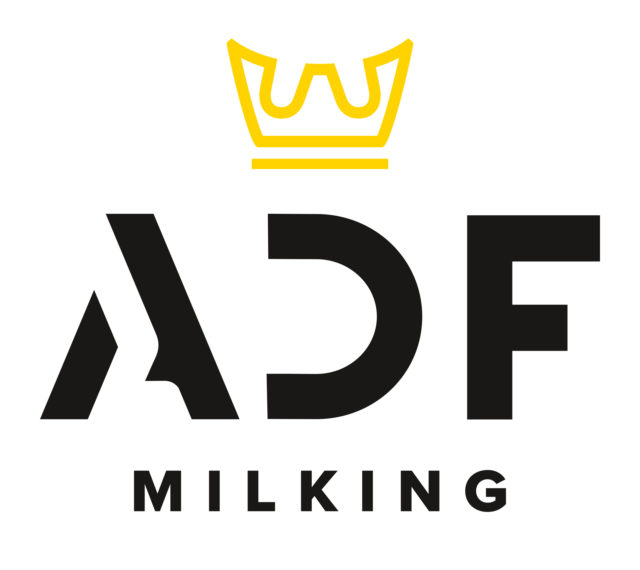Situation No. 1 You are reminiscing about the early cars with a catalytic converter and how if you were behind one on the road when the driver floored it, you would be the recipient of a rotten egg smell as they sped away.
Everyone chuckles, but then the question arises as to why that odor occurred and why it is much less prevalent today, even though vehicles still have catalytic converters. These are the reasons the others give for the odor:
A Farmer A says the gas was different back then, which is why the exhaust would smell.
B Farmer B believes the carburetor was designed to provide a rich mixture under full load, and EFI runs leaner.
C Farmer C agrees with Farmer B but says not only was the mixture inherently richer, but the fuel was also used to shut off the catalytic converter.
D Farmer D says his cars never did that back then because he would cut off the catalytic converter and junk it.
Situation No. 2
Living so far out of town is terrific. Still, it is a hazard to the windshields in all your vehicles – flying gravel from a passing car or truck means that broken glass is typical. Your old pickup finally succumbed to the road and needs a new windshield. You shop around for the lowest price, and you find one. It is a replacement from China and is one-third cheaper than an American brand. The glass guy tells you he sells many of them. You decided to go with it, and then a week or so later, you discover two things: The installer had to put a large amount of silicone sealer around the edges to hold the glass in; the first time you drove at night with oncoming headlights, you swore you saw double. You tell your buddies this, as they offer the following advice:
A Farmer A says you must be getting cataracts on your eyes since the windshield cannot do that. Regarding the silicone, the installer was sloppy.
B Farmer B says the windshield has a different arc to it, and that is why there is more silicone and that it is also optically distorted.
C Farmer C insists you need new eyeglasses, and you probably never noticed the amount of silicone before.
D Farmer D thinks the glass has too dark a tint but agrees with Farmer A. The installer was sloppy.
Answers
Situation No. 1: Farmer C is correct. With EFI, fuel delivery is more extensively managed than with a carburetor, but the same dynamics occur. On a production engine, the full-throttle air/fuel ratio is overly rich and used as a quench in the cylinder to cool the piston crown and displace all the oxygen storage capacity of the catalytic converter and shut it down (or in engineering parlance, have it extinguished). This is done to prevent the catalytic converter from superheating and melting under full engine load for an extended time. A modern EFI engine will do the same. But in contrast, a carburetor dumped much of the secondary fuel at one time; the EFI system does it in a more linear fashion.
Situation No. 2: Farmer B is correct. Most inexpensive, imported windshields have a generic arc to them to fit many different applications – and thus amortize the cost over many uses. That is why the installer needed to use an excessive amount of silicone. Also, poor manufacturing quality can result in what is called an optically distorted windshield. Often this appears at night or when looked through at a certain angle. Simply put, you get what you pay for. Email “The Hotrod Farmer” Ray Bohacz with your machinery-related questions. Visit his site – Farm Machinery Digest – for technical articles and to listen to his Idle Chatter podcast, which has listeners in 67 countries. Also tune into Farm Machinery Digest Radio on Sirius/XM Channel 147.









